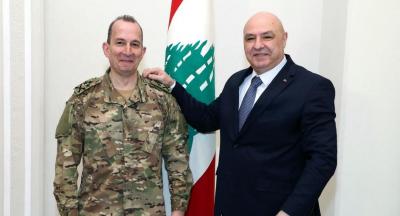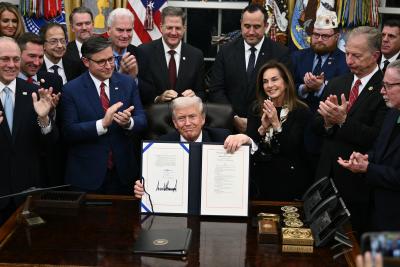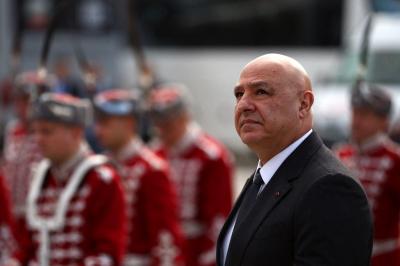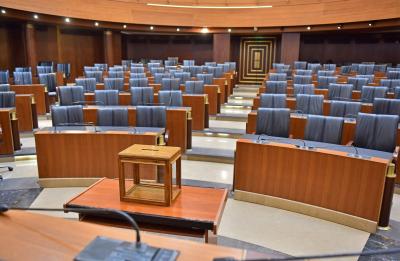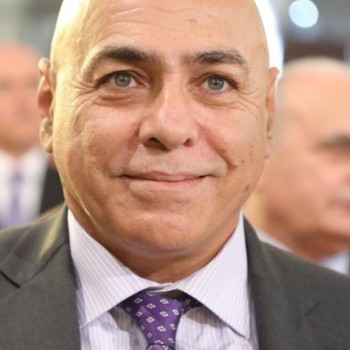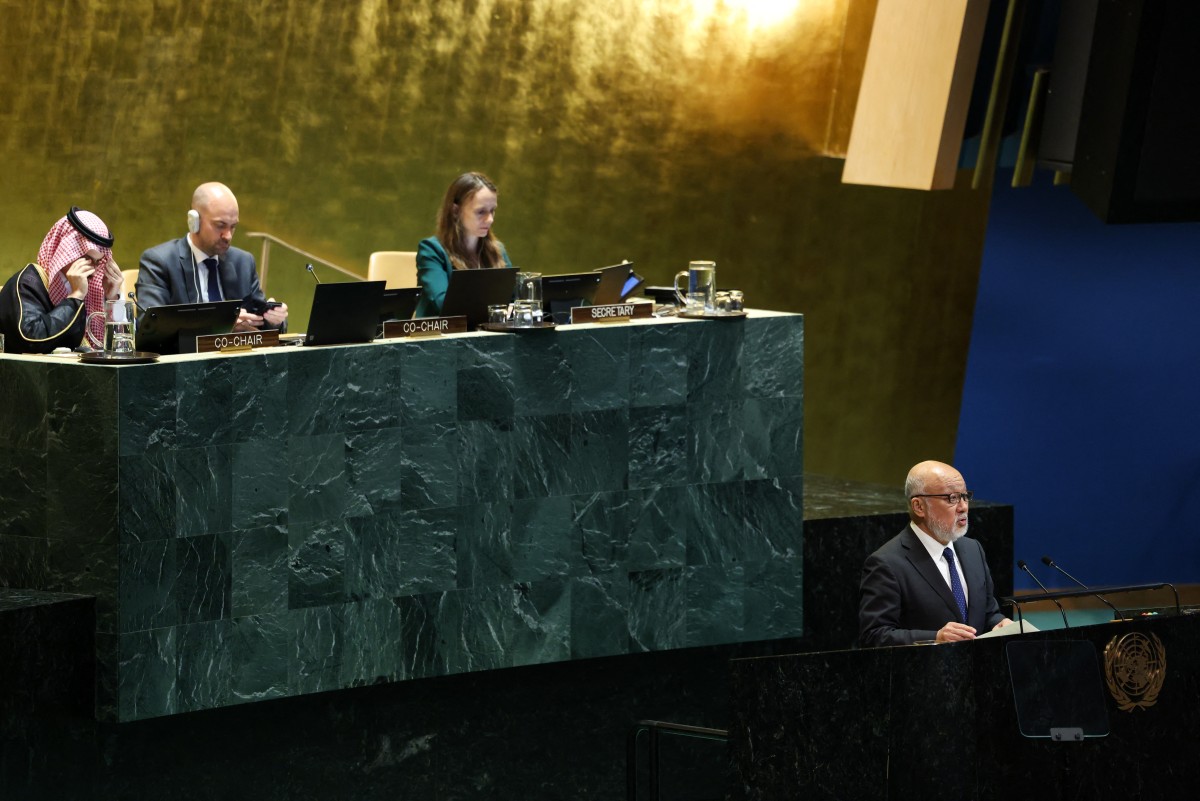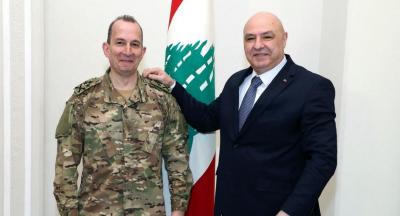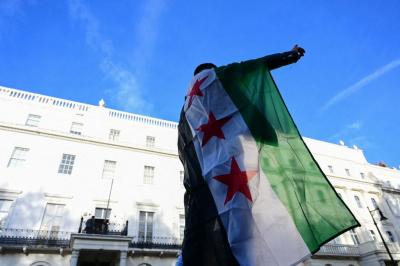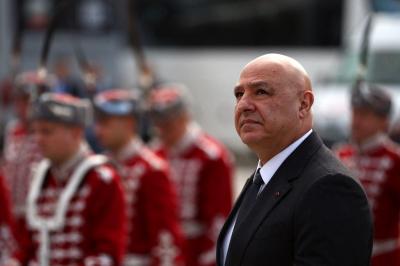The Middle East in 2025 continues to be a complex and volatile landscape, shaped by entrenched conflicts, emerging regional realities, and multifaceted international diplomacy. The recent co-chaired international conference in New York, led by France and Saudi Arabia, culminated in an ambitious final communique proposing a concrete framework for peace, principally focused on the Israeli–Palestinian two-state solution. Yet, the broader Middle Eastern context—including the situations in Palestine, Syria, and Lebanon—remains fraught with deep challenges that cast uncertainty on any imminent comprehensive peace deal.
Palestinian State Prospects
The 2025 New York Declaration represents the boldest multilateral effort in years to revive the two-state solution, based on the Arab initiative, which was introduced by Saudi Arabia and adopted by the 2002 Beirut Arab Summit. It reaffirms internationally recognized principles—Palestine's sovereignty based on the 1967 borders, unification of Gaza and the West Bank under the Palestinian Authority, cessation of Israeli settlement expansion, disarmament of armed Palestinian factions, and protection of holy sites, among other commitments. The communiqué includes concrete, time-bound actions, such as immediate ceasefires, administrative unification of Palestinian territories, and international support for Palestinian institution-building. One of the most intractable obstacles, however, remains the continued annexations of the land on which the Palestinian State is to be established.
This broad international backing is symbolically and diplomatically significant, as more than 120 countries, including major international organizations and the Arab League, endorsed it, reflecting a strong global call for action. However, the political realities within Israel and Palestine sharply constrain the prospects for realizing a Palestinian state soon.
Israeli society is predominantly opposed to the two-state framework at present, with recent surveys showing over 80% opposing Palestinian statehood and rising support for right-wing, security-focused policies. The Israeli government and the United States boycotted the conference and have publicly rejected its findings, weakening prospects for enforcement and signaling persistent domestic and international gaps crucial to the peace process.
On the Palestinian side, political fragmentation, especially Hamas's control over Gaza and refusal to disarm, poses a critical hurdle to the envisioned political unification and governance reforms. Without genuine internal Palestinian reconciliation, consolidation of state institutions remains fragile.
Beyond political will, enforcement mechanisms remain weak. While the communiqué frames progress through norms of international law and multilateral diplomacy, sanctions or diplomatic pressures required to compel compliance are largely untested in the current environment.
In practical terms, the best near-term outcome is likely to be a fragile and managed ceasefire between Israel and Palestinian factions, combined with incremental stabilization efforts: humanitarian aid improvements in Gaza and the West Bank, limited Palestinian institution-building, and international diplomatic engagement creating normative pressure on both sides.
Syria, Lebanon: Regional Stability Pillars
The communique's references to Syria and Lebanon highlight their integral roles in regional stability. Syria's turbulent transition following the collapse of the al-Assad regime and Lebanon's ongoing political fragility complicate the Middle Eastern peace matrix.
Syria is focused on restoring sovereignty, ending Israeli military incursions particularly in the Golan Heights, encouraging reconstruction and the safe return of refugees.
Lebanon faces persistent security threats, including Israeli strikes and a fear from renewed hostilities, which the communique condemned while reaffirming support for Lebanon's sovereignty and stressing implementation of key Security Council and Taif Agreement frameworks. Lebanon's stability is critical to preventing conflict spillover and maintaining a peaceful regional.
Efforts to include Syria and Lebanon in a broader regional peace and security framework remain nascent and laborious. Regional cooperation frameworks involving Saudi Arabia, Egypt, Israel, Iran, Turkey, and other key actors are under discussion but face deep mutual distrust and diverging agendas.
Broader Middle East Dynamics
Volatility characterizes regional politics in 2025. Iran's nuclear ambitions, the diminished influence of the self-named "Axis of Resistance," and the aftermath of multiple conflicts in Lebanon, Syria, Iraq, Sudan, and Yemen have intensified fragility. Sunni Islamist groups and shifting alliances complicate the scene while the Abraham Accords' expansion and quiet recalibrations among Gulf States offer avenues for limited cooperation with Israel on security and economic fronts.
The absence United States from the New York conference and its rejection of the two-state solution framework weaken leverage over Israel's commitments and reduces a historically key mediation capacity. This gap heightens risks that progress will be slow, uneven, or stall under nationalist and security-centered politics.
Tactical Posture or Genuine Peace Attempt?
Despite skepticism from Israel and the United States, and recognition of longstanding mistrust, the Saudi-French initiative represents the most coherent and action-oriented multilateral diplomatic attempt in years to revive the two-state solution with a comprehensive agenda.
Rather than mere posturing, the initiative incorporated concrete timelines, enforcement language, and multilateral consensus-building unprecedented in recent decades. Its wide international participation signals a collective impatience with the status quo and a desire to shift from rhetoric to implementation frameworks.
What Does the Future Hold?
Given the above considerations, the Middle East's immediate future will likely be characterized by:
Fragile Stability and Ceasefires: Limited violence reduction through negotiated ceasefires, humanitarian relief, and containment of the worst conflict escalations.
Incremental Diplomatic Efforts: Continued international engagement framing peace as a long-term project, with evolving regional dialogues recognizing the need for inclusive political solutions.
Persisting Fragmentation: Deep political fissures within Israel, Palestine, Syria, Lebanon, and among regional powers impeding comprehensive peace agreements.
Potential Regional Reconfigurations: Shifts in alliances and economic partnerships (including expanded Abraham Accords), some of which may create openings for partial peace or non-belligerency pacts, even absent full Palestinian statehood.
Humanitarian Imperatives: Ongoing international aid efforts to mitigate refugee crises and reconstruction in Syria, Lebanon, and Gaza remain vital components of any stabilization strategy.
In essence, while definitive peace in the Middle East remains elusive in the near term, the 2025 French-Saudi initiative constitutes a critical piece in a larger diplomatic mosaic. It signals the international community's persistent, albeit challenged, commitment to resolving one of the world’s most enduring conflicts through an actionable framework that presses for accountability and regional integration.
Whether this will ultimately translate into lasting peace depends on shifts within domestic politics, international coordination, re-engagement by the United States, and the willingness of parties to compromise, disarm, and pursue coexistence.
Please post your comments on:
[email protected]
 Politics
Politics
